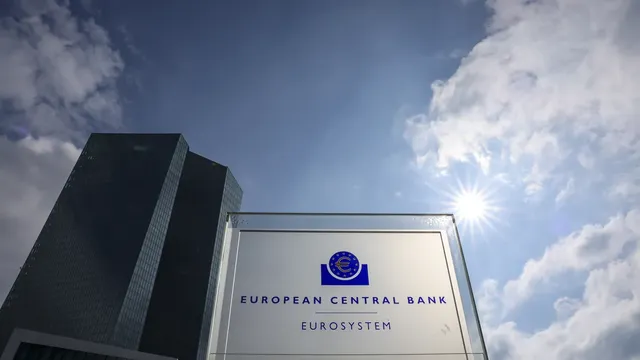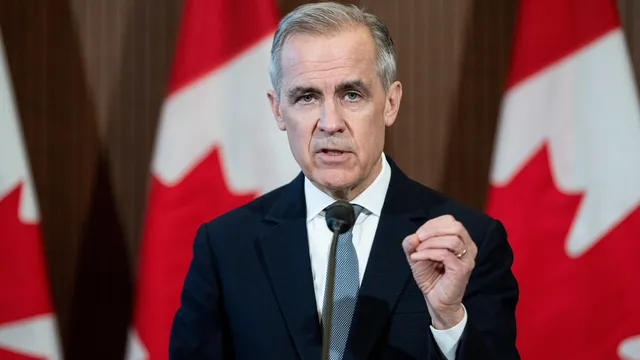The eurozone GDP growth slows after stagnant forecasts, Euronews said in an analysis.
Regional output is slightly better than expected, although the eurozone is still hampered by problems.
In the last three months of 2024, GDP increased by 0.1% quarter-on-quarter in the eurozone and by 0.2% in the EU as a whole, Eurostat said.
In the previous quarter, GDP grew by 0.4% in both areas.
The new data shows a slight improvement on previous estimates released last month, although they are far below the 0.6% recorded in the United States.
Quarterly growth forecasts for the eurozone were 0% in January, while growth of 0.1% for the EU was expected.
Compared with the last three months of 2023, euro area GDP grew by 0.9% in the last quarter of last year. The EU as a whole grew by 1.1%.
These results follow the annual growth rates of 0.9% recorded in the euro area and 1.0% recorded in the EU in the previous quarter.
Particularly strong annual output growth in the fourth quarter was seen in Poland, Lithuania and Spain, while Austria and Germany saw the sharpest declines.
“The euro area economy performed slightly better than previously thought in the fourth quarter, but growth was still extremely weak and the early signs are that the start of 2025 is slow,” said Jack Allen-Reynolds, deputy chief euro area economist at Capital Economics.
“The key point is that a 0.1% expansion is hardly anything to get excited about. Both Germany and France contracted in the fourth quarter, while Italy stagnated, leaving Spain and other smaller countries to stem the region’s economic decline,” he continued.
Eurostat noted that the number of people employed increased by 0.1% in both the euro area and the EU in the fourth quarter of 2024 compared to the previous quarter.
In the third quarter of 2024, the number of people employed increased by 0.2% in the euro area and remained stable in the bloc.
Compared with the same quarter of the previous year, in the fourth quarter of 2024, employment increased by 0.6% in the euro area and by 0.5% in the EU.
“The flip side of these employment gains is that productivity, measured by GDP per worker, has fallen by 1.4% since the third quarter of 2022,” Allen-Reynolds added.
“This in turn keeps unit labor cost growth and underlying price pressures higher than they would otherwise be.” | BGNES

 Breaking news
Breaking news
 Europe
Europe
 Bulgaria
Bulgaria







